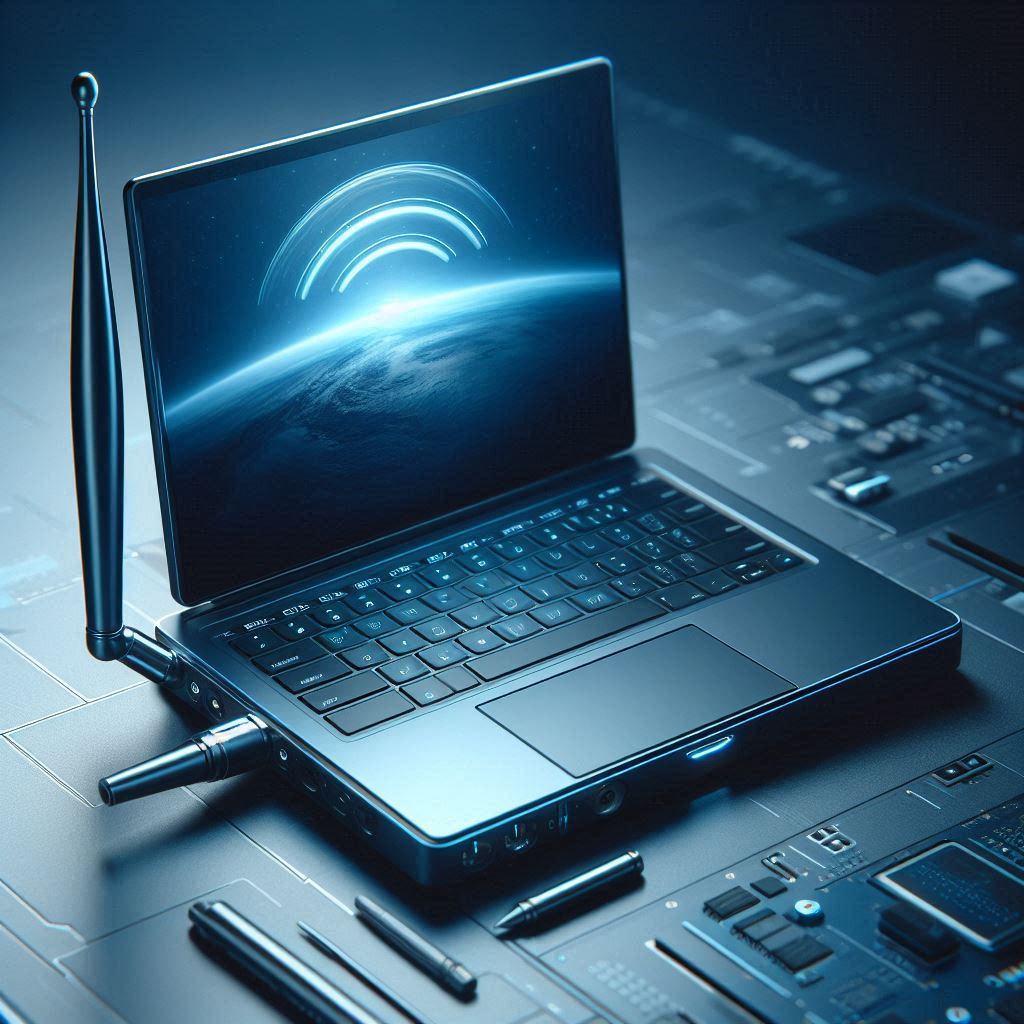The integration of cellular connectivity in laptops, though technically feasible, has largely failed in the marketplace. Despite the availability of laptops equipped with 3G, 4G, and even 5G radios, consumer preference and practical considerations have led to the underutilization and eventual decline of these products. To understand why, we need to explore the economic and practical aspects of cellular connectivity in laptops versus smartphones.
The Practical Perspective
Firstly, consider the convenience of existing setups. Most people today own a smartphone with a cellular data plan. Smartphones have become an integral part of daily life, offering not only communication but also internet access, navigation, and numerous other functions. One of the features offered by smartphones is the ability to act as a WiFi hotspot. This allows users to share their cellular data connection with other devices, including laptops.
When faced with the choice, users find it far more convenient and cost-effective to use their smartphone’s hotspot to connect their laptop to the internet. This approach negates the need for an additional cellular plan specifically for the laptop, thus avoiding the redundancy and extra expense of maintaining two separate data plans.
The Economic Perspective
From an economic standpoint, the dual-plan model is not appealing. Here are the two scenarios:
- Single Cellular Data Plan: The user pays for one cellular data plan for their smartphone and uses the hotspot feature to connect their laptop. This incurs a single cost and provides internet access for both devices.
- Dual Cellular Data Plans: The user pays for two separate data plans—one for the smartphone and another for the laptop. This doubles the monthly cost without offering significant additional benefits, as the same level of connectivity can be achieved through the hotspot method.
Consumers overwhelmingly prefer the first option due to its simplicity and cost-effectiveness. As a result, laptops with built-in cellular connectivity have seen poor market performance.
Market Response and Alternatives
The market has adapted to this consumer behavior by shifting away from cellular-integrated laptops. Instead, manufacturers and service providers have focused on enhancing the hotspot capabilities of smartphones.
Furthermore, for the few users who might require cellular connectivity on a laptop but do not own a smartphone, a practical alternative exists in the form of cellular data dongles. These small devices can be plugged into any laptop, providing the same connectivity without necessitating a specialized laptop model.
Historical Attempts and Consumer Reactions
Historically, several attempts were made to integrate cellular connectivity into laptops. Companies like Apple even developed prototypes. However, these products failed to gain traction. The core issue was not the technology itself but the added cost and complexity that consumers were unwilling to bear.
When people realized that having a cellular-enabled laptop meant obtaining an additional SIM card and paying for another data plan, the appeal rapidly diminished. The convenience of using a smartphone as a hotspot simply outperformed the need for built-in cellular connectivity in laptops.
In summary, while laptops can technically utilize cellular networks just like smartphones, practical and economic considerations have rendered this feature largely redundant. The widespread availability of smartphones with hotspot capabilities has made it unnecessary for most consumers to invest in an additional cellular plan for their laptops. This consumer preference has driven the market away from cellular-integrated laptops, favoring more cost-effective and flexible connectivity solutions.



